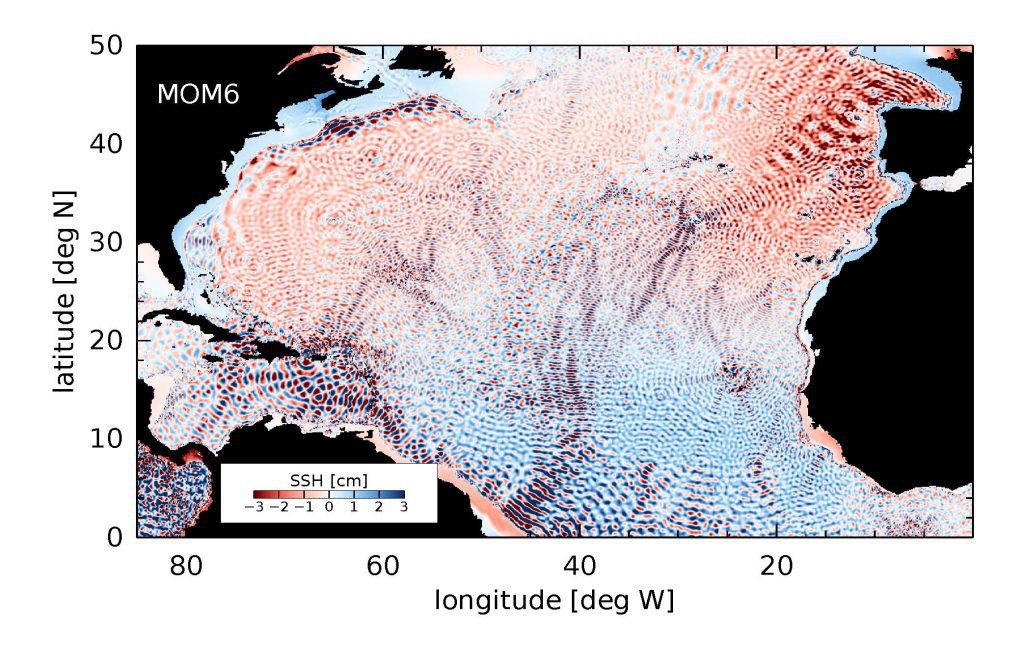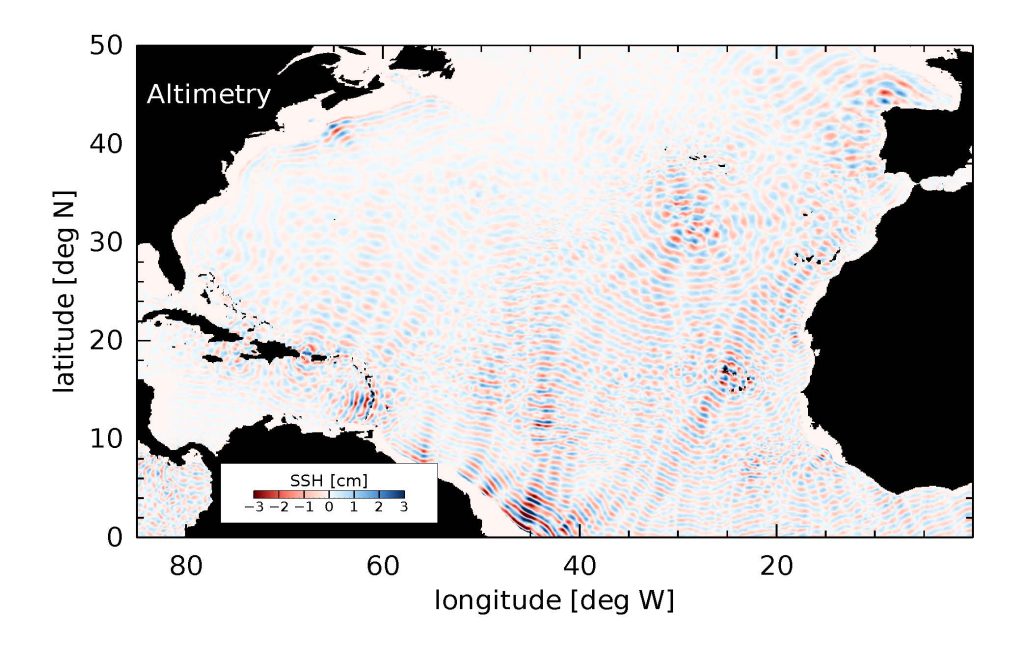The changing state of the ocean as a boundary condition has an increasing impact on atmospheric predictive capability via energy and water fluxes both ways across the surface. These fluxes affect the atmosphere across time scales due to the long time scales inherent to the ocean. Ocean dynamics additionally act on smaller spatial scales than the atmosphere, both horizontally and vertically, and the results of these dynamics drive the fluxes to the atmosphere.
With the goal to improve modeling of these processes and hence improve fluxes to the atmosphere, the WPO Subseasonal to Seasonal (S2S) Program participated in the FY22 Office of Naval Research (ONR) Broad Agency Announcement (BAA) for the National Oceanographic Partnership Program (NOPP). This cross agency announcement sought proposals under the topic of High Resolution Ocean Models for Coupled Earth System Prediction Across Space and Time Scales with focus areas of 1) improving internal wave energy, mixing and interactions in global ocean models, and 2) enabling and improving high resolution ocean models for coupled Earth system prediction.
This project aims to enhance the realism of global ocean and sea ice simulations by implementing a version of the Modular Ocean Model version 6 (MOM6) and Sea Ice Simulator version 2 (SIS2) model on a higher resolution grid than what is typically used in climate studies. The WPO S2S Program awarded the project titled “Enhancing the Realism of MOM6-SIS2 Simulations with Ocean Tides” led by co-Principal Investigators Dr. Edward Zaron of Oregon State University and Dr. Santha Akella of NOAA’s Environmental Modeling Center.

The baroclinic sea level associated with the internal tide in the North Atlantic. This is taken from a 1-month simulation of the global MOM6 model at 1/12-degree horizontal resolution and 11 vertical levels. Although the internal waves are ubiquitous, they are generated primarily at a small number of source locations, e.g., at the continental shelf of Brazil, at the European continental shelf, and at numerous islands and topographic features in the open ocean.
The goal is to make this model accurate enough for tidal prediction, which will require calibration of the model’s resolution-dependent parameterizations. The interactions of tides with lower- and higher-frequency processes, such as internal waves and subsurfaces turbulence, lead to transports of energy and tracers which are not accurately represented in present-day ocean and climate forecasting systems. Developing more accurate representations of the tidal processes will enable the development of climate reanalysis and forecasting systems in the future. Of great interest is the fact that these topographically-triggered internal waves are particularly important in ocean regions which are source zones for atmospheric rivers that impact the US West Coast: the Rossby-wavetrain formation region over the tropical west Pacific, and the Pineapple Express development region in the central Pacific. Better representation of ocean processes in these regions opens the possibility of improved atmospheric river formation and steering prediction.
The overarching goal of this project is to advance the capabilities of MOM6-based modeling systems, making them more useful for applications ranging from operational ocean forecasting to improved coupled earth system reanalysis and prediction across timescales. This project expects to achieve centimeter-level accuracy of the main tides in MOM6 and to put MOM6 in the same modeling category as other high-resolution simulations. Improved characterization of these high-resolution physical processes will also enable MOM6 to be better used to drive higher-resolution coastal ocean models needed for inundation and biochemical modeling.

Observations of sea level from satellite altimetry. Significant time averaging is needed to resolve these small-scale waves in observations, which reduces the amount of detail seen in the model. Nonetheless, many of the same wave sources seen in the model are present in the observations.
This project also has the potential to make significant impacts across the oceanographic research community. For example, high-resolution global ocean simulations will be used to plan new satellite missions, generate testable hypotheses concerning seasonal and climate dynamics, and envision future scenarios. In addition to improving coupled global earth systems, simulations with the proposed MOM6-SIS2 system can provide boundary conditions to regional ocean forecast systems developed by NOAA, the U.S. Navy and other end-users.





